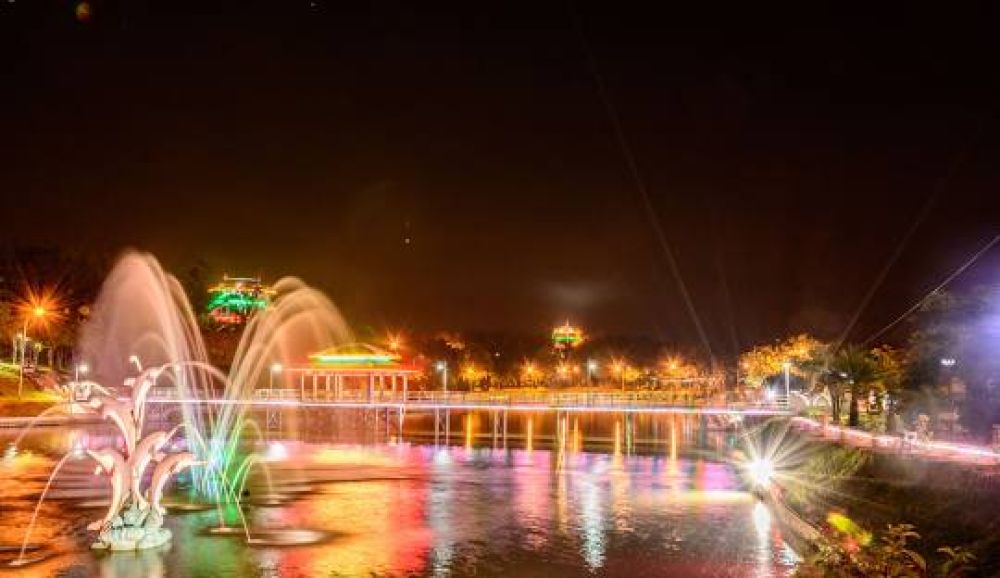

The Water Fountain Garden is one of the key attractions in the city of Naypyidaw, the capital of Myanmar. Despite its recent history, having been established as the administrative capital of Myanmar in 2005, Naypyidaw has rapidly developed into a city with significant landmarks and tourist attractions. The Water Fountain Garden is among these modern additions, designed to enhance the beauty and appeal of the city.
The city of Naypyidaw itself is an example of planned urban development. Contrived from an area previously composed of scrubland and small villages, it was curated to represent the modern face of Myanmar. Since its inception, the government has been heavily involved in promoting Naypyidaw as a destination for both domestic and international visitors.
Initially, tourism to Naypyidaw was limited due to the city's nascent stage of development and its former restricted accessibility. However, with infrastructure improvements, the creation of impressive landmarks, and the hosting of various international and regional conferences, the city has seen an increase in its visitor numbers.
Amidst the wide boulevards and grand government buildings, the Water Fountain Garden stands as a testament to contemporary landscape architecture in Myanmar. The garden was specifically designed to entice tourists and provide a space for leisure and relaxation. With its official opening to the public in the 2010s, the Garden has become a focal point for both local families and tourists alike.
The Garden features a vast and beautifully presented ensemble of fountains, encompassing traditional and modern designs. It is notable for its main fountain, which is equipped with colored lights and can create various shapes and patterns, providing a captivating display, especially at night.
Tourism trends in Naypyidaw and Myanmar have been evolving. The country is slowly being recognized for its cultural treasures, untouched landscapes, and the warm hospitality of its people. While the impact of the COVID-19 pandemic has been significant on the global tourism industry, including Myanmar, there is a gradual move towards recovery.
Eco-friendly tourism has taken center stage as global travelers become more environmentally conscious. In this regard, Naypyidaw with its large green spaces, including the Water Fountain Garden, caters to this trend by preserving its natural beauty and promoting sustainability.
Experience-based travel is also growing, with tourists seeking authentic local experiences over traditional sightseeing. The Water Fountain Garden contributes to such experiences with its cultural shows and events that are occasionally organized around festivals and holidays.
Smart tourism is another trend, with increasing demand for digital solutions such as online booking, virtual reality tours, and cashless payments for attractions. While these technologies are still developing in Myanmar, there is promise for increased integration in the near future to enhance tourist convenience.
In conclusion, the Water Fountain Garden in Naypyidaw is not just a place of beauty and relaxation but also a symbol of Myanmar’s growth in the tourism sector. With continued developments and a focus on sustainable, experience-based travel, the garden's contribution to the city’s tourism landscape looks promising.